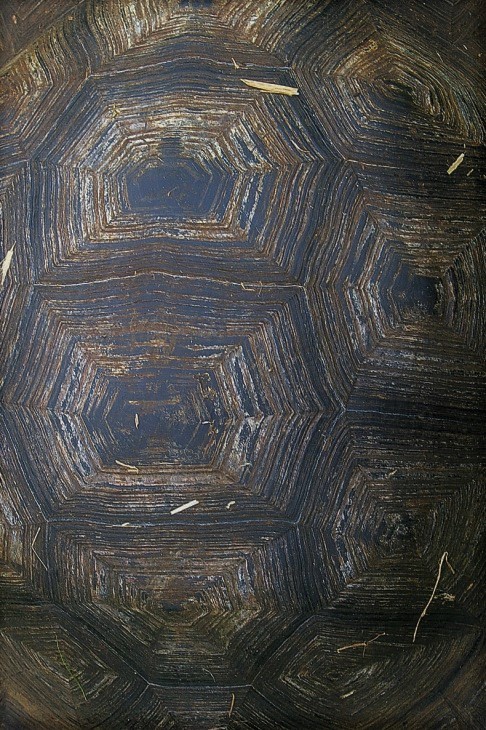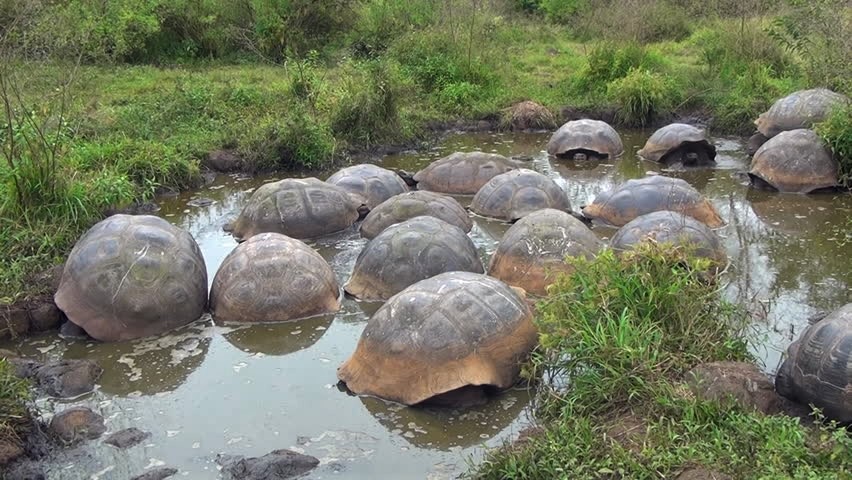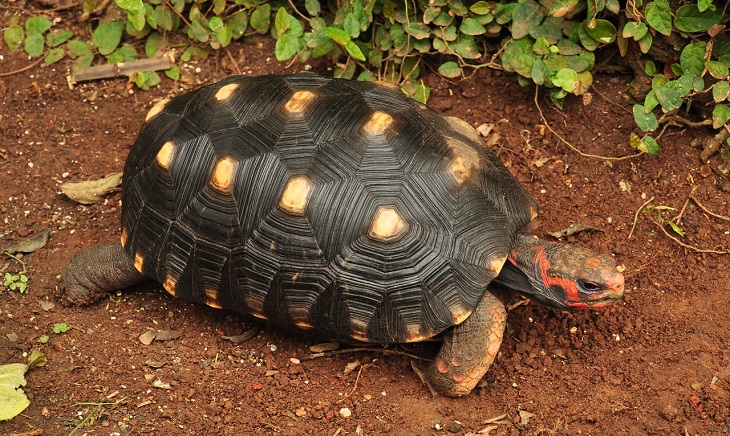
SIGN UP TO RECEIVE
15% OFF
IN YOUR NEXT TOUR

A new generic name for Galapagos tortoises
SCROLL DOWN TO READ

A new generic name for Galapagos tortoises
SCROLL DOWN TO READ
A new generic name for Galapagos tortoises
For many years all species of Galapagos tortoises (up to 15 species recognized) were considered within the genus Geochelone, which embraced species of tortoises from in South America, Africa and Asia. In 1980 to present, technology improved considerably and Scientists began to look at animal DNA and more carefully at skeletons. After almost a decade of research, differences were found among the species of tortoises that made up the genus Geochelone. Its taxonomy has undergone many changes, both at the species and the genus level. It has been found, however, that the tortoise genus Geochelone was polyphyletic, which means it grouped several phylogenetic branches that were not descended from the same ancestors, whereas classification should always reflect common descent (monophyly). Several of the members of the genus Geochelone were removed from that genus and place in other genera so as to reflect a monophyletic classification.

Previously, the Galápagos tortoise was considered to belong to the genus Geochelone. In the 1990s, subgenus Chelonoidis was elevated to generic status based on phylogenetic evidence in order to groupe the South American members of Geochelone into an independent clade (branch of the tree of life). This nomenclature has been accepted and adopted worldwide. The ancestors of the genus Chelonoidis are believed to have similarly dispersed from Africa to South America during the Oligocene (about 33.9 million to 23 million years before the present), apparently floating across the Atlantic; this crossing was made possible by their ability to float with their heads up and to survive up to six months without food or water. This split, after millions of years, gave rise to new species, nowadays cataloged under a new genus.
| Classification level | Name | Characterized |
|---|---|---|
| Domain | Eukarya | Nucleus, organelles |
| Kingdom | Animalia | Ingests food, multicellular |
| Phylum | Chordata | Spinal cord |
| Class | Reptilia | Poikilothermic (cold-blooded) creatures |
| Order | Testudines | Dorsal bony carapace and ventral bony plastron |
| Suborder | Cryptodira | Hidden-necked turtles |
| Family | Testudinidae | Terrestrial with elephantine hind legs |
| Genus | Chelonoidis | Found in South America and Galapagos |

Due to this taxon as formerly defined, was polyphyletic, a number of tortoise species have been recently removed from this genus. Tortoises removed include members (now with the new genus in italics) of: Aldabrachelys (from the Seychelles and Madagascar), Astrochelys (Madagascar), Chelonoidis (South America and the Galápagos Islands), Stigmochelys (Africa), Centrochelys (Northen Africa) and the extinct genus Megalochelys (southern Asia). With this, the Geochelone genus is reduced to the following extant species:
